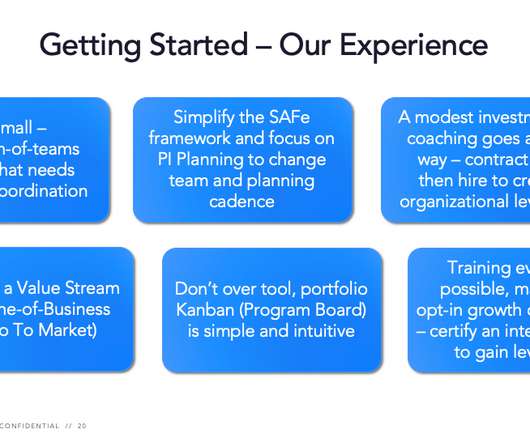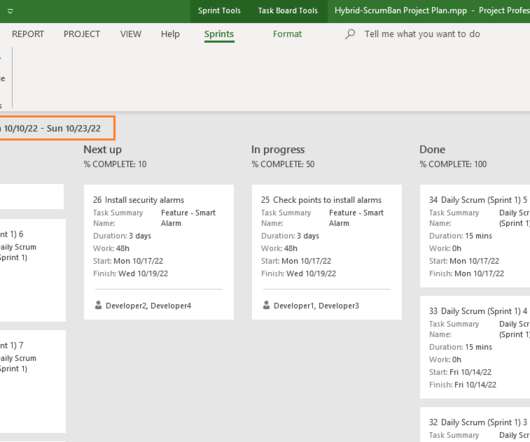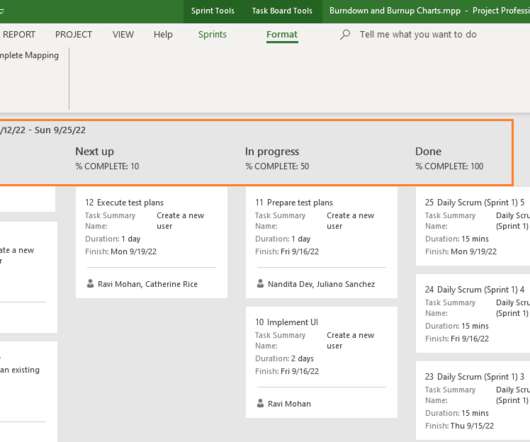The Transformation Journey: Lessons Learned
Planview
JUNE 1, 2021
We wonder if many enterprises even did annual planning for 2021: How many organizations are still running off the plan they created in 2019? A continuous planning cadence – quarterly, monthly, or even weekly – enables organizations to be ready to move fast when change occurs, or new opportunities appear on the horizon.














Let's personalize your content